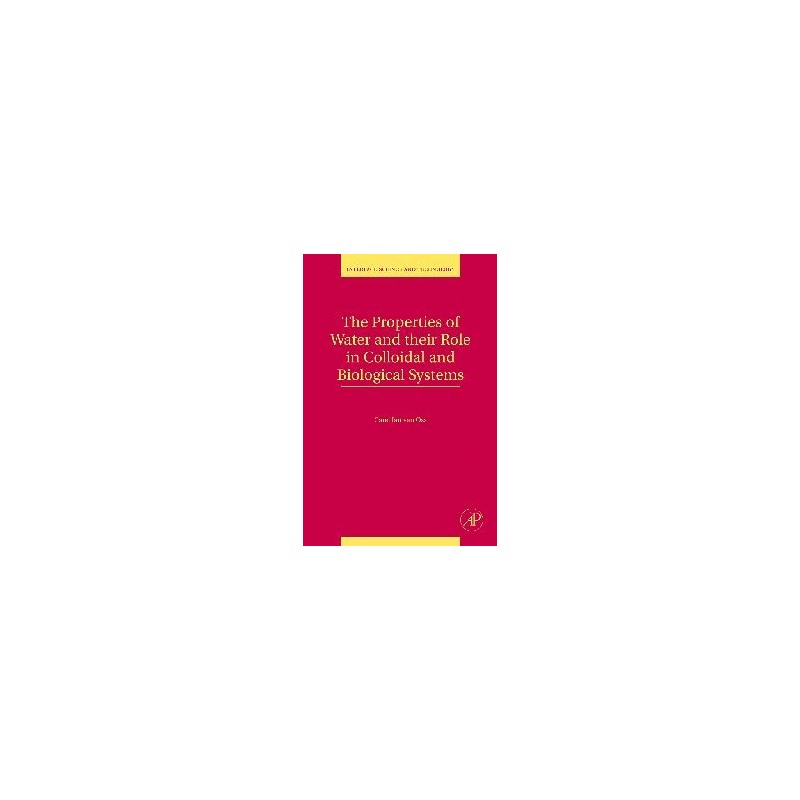- Obecnie brak na stanie



Brak towaru
Brak towaru
Brak towaru
Obudowa do Orange Pi Lite jest czarna, z zamykaną od góry klapką montowaną do obudowy za pomocą śrub. Montaż nie wymaga użycia kleju. Obudowa jest wykonana z wysokiej jakości tworzywa sztucznego. Wszystkie otwory wykonane w obudowie pozwalają na łatwy dostęp do każdego gniazda wbudowanego w Orange Pi Lite
Brak towaru
MMA7361L 3-Axis Accelerometer ±1.5/6g
Brak towaru
Filament firmy ROSA3D wykonany z wysokiej jakości granulatu PLA. Na szpuli nawinięte jest 0,8 kg filamentu o średnicy 1,75 mm. ROSA3D PLA Starter Winter White
Brak towaru
Brak towaru
Brak towaru
Filament firmy ROSA3D wykonany z wysokiej jakości powtórnie przetworzonego PLA. Na szpuli nawinięte są 3 kg filamentu o średnicy 1,75 mm. ROSA3D R-PLA Black
Brak towaru
Zestaw AVT do samodzielnego montażu zdalnie sterowanego przełącznika z dwoma przekaźnikami. AVT5551 B
Brak towaru
Brak towaru
SUPERLUMISCENCYJNY MODUŁOWY OŚWIETLACZ 3xLED BIAŁE CIEPŁE 60mA - ZESTAW DO SAMODZIELNEGO MONTAŻU
Brak towaru
Brak towaru
Brak towaru
Brak towaru
Płytka rozwojowa z mikrokontrolerem ATmega328P wyposażona w 14 linii I/O, 6 kanałów PWM, 6 wejść analogowych i układ FT231X. Komaptybilna z Arduino UNO Rev3. Cytron CT-SE
Brak towaru

